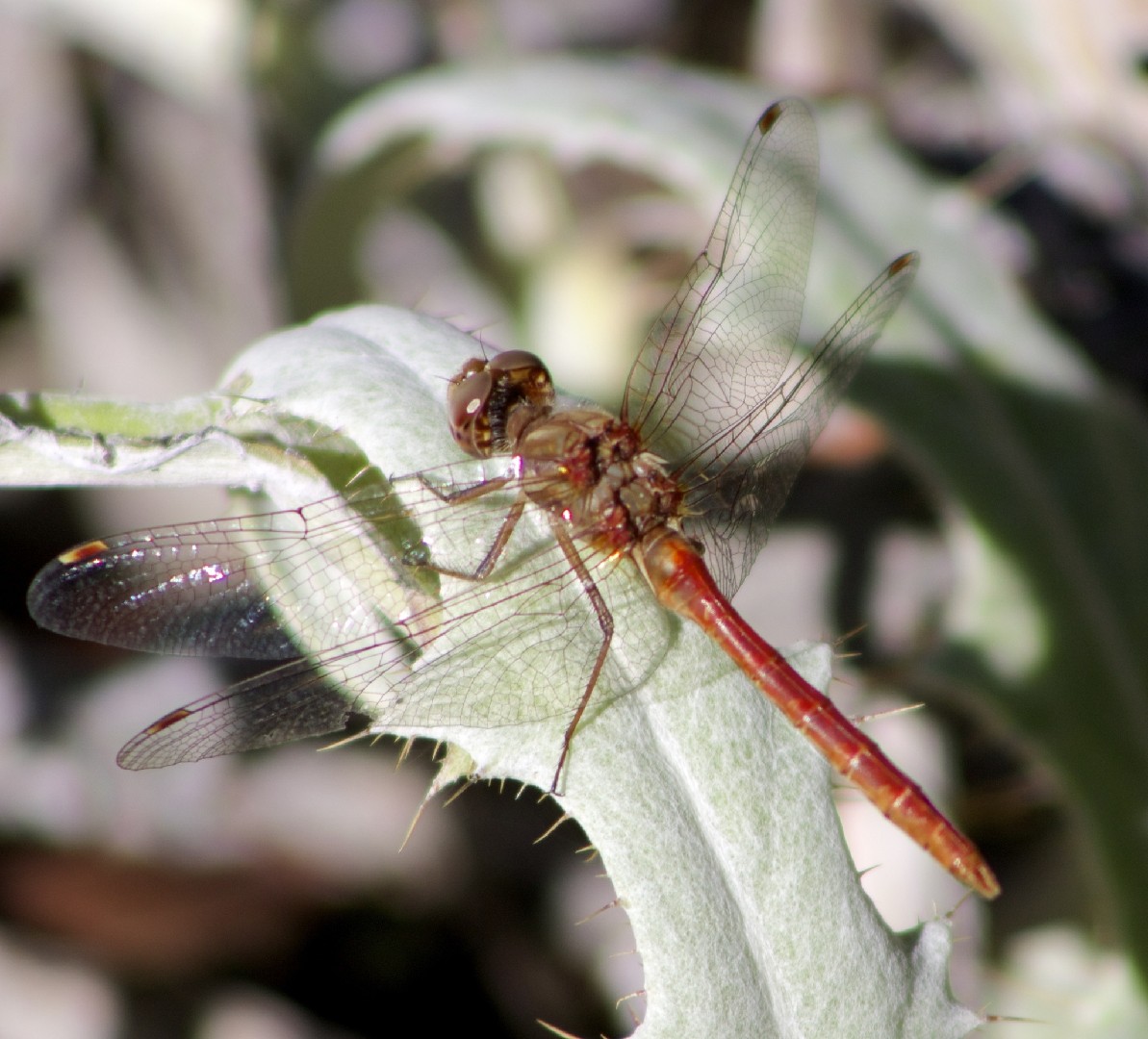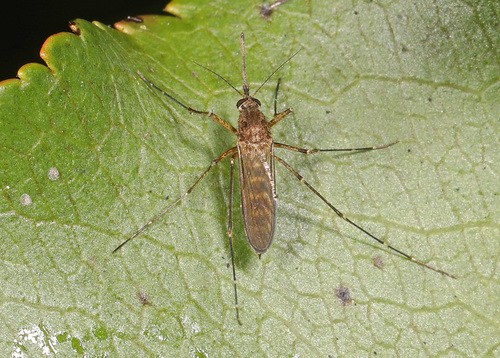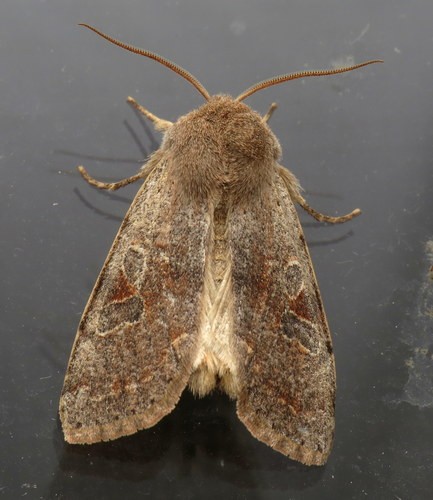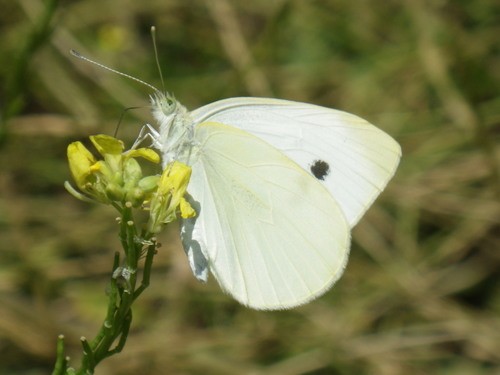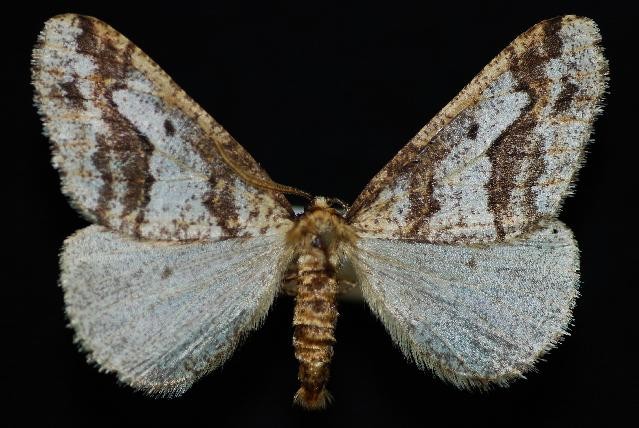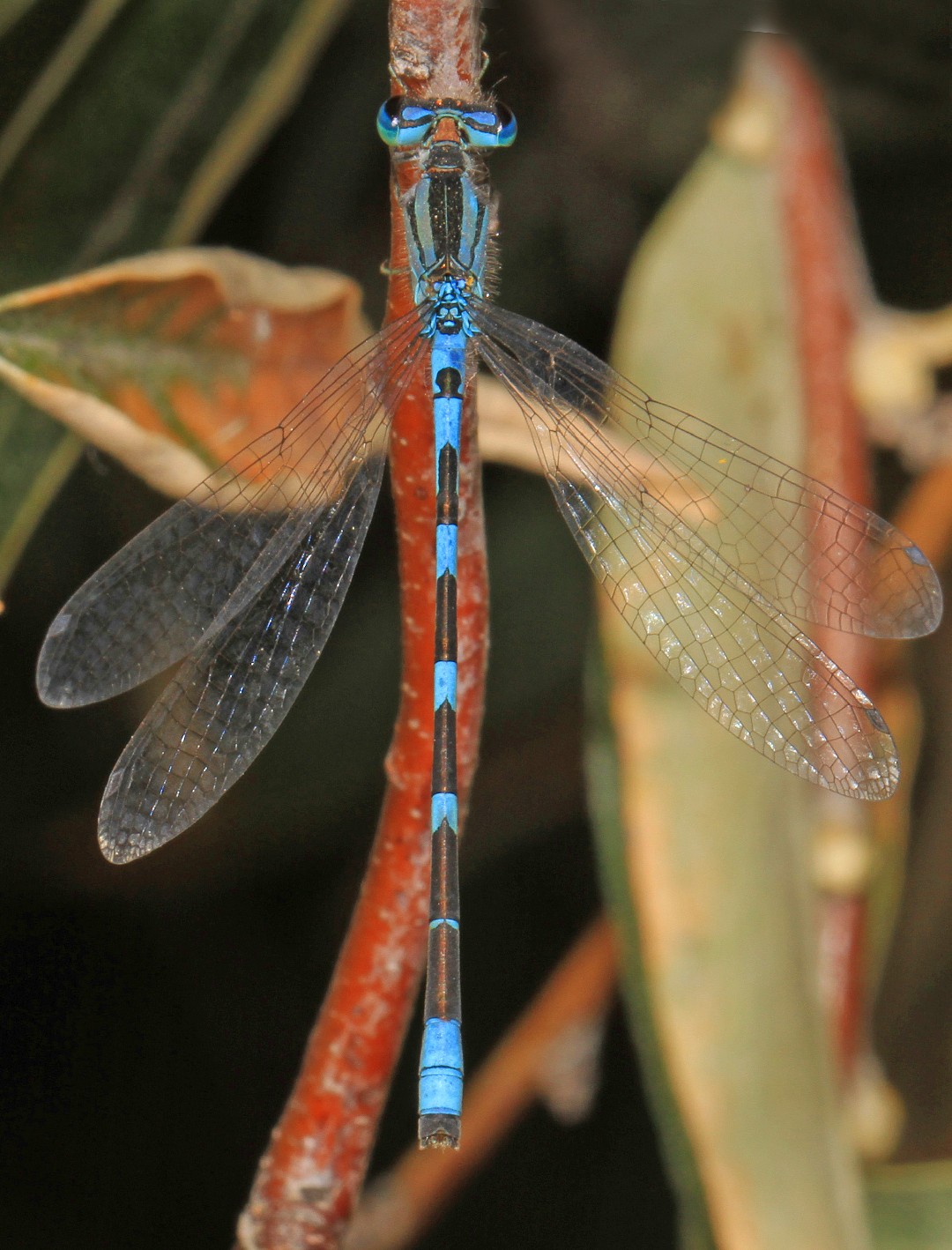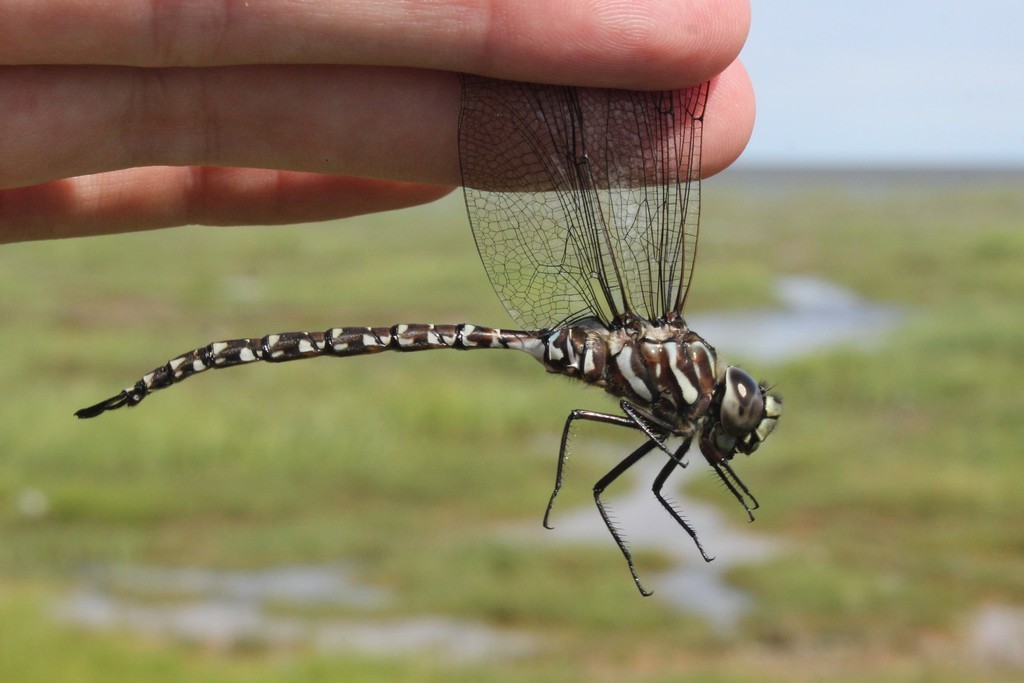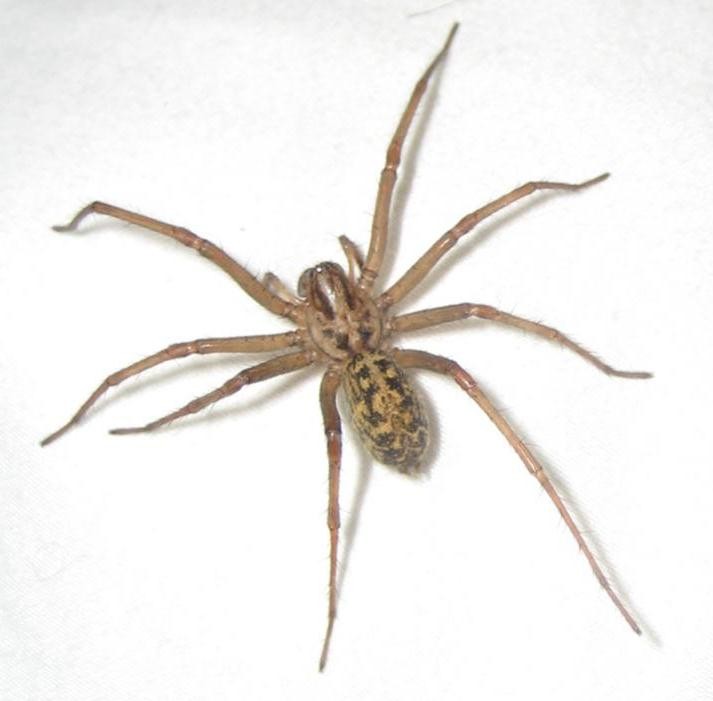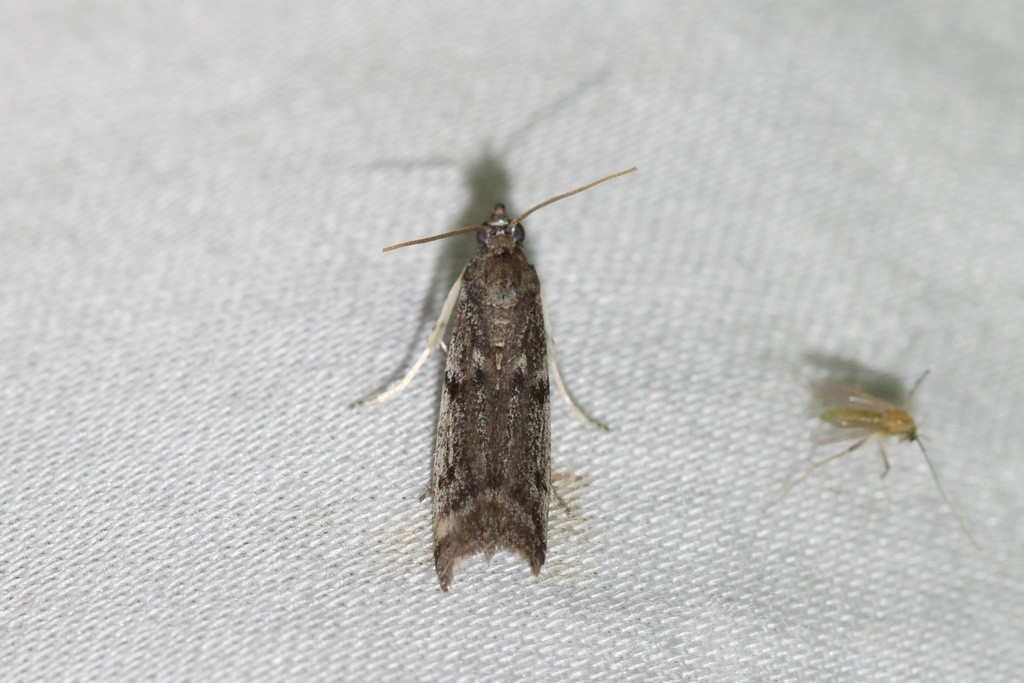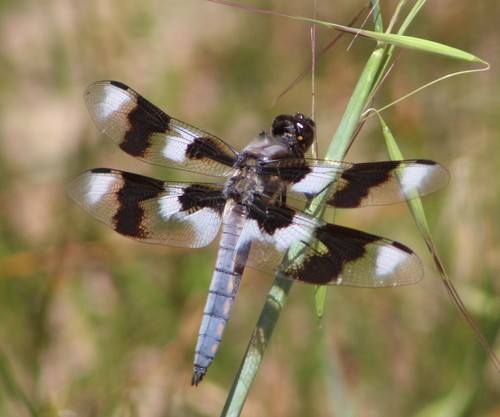Top 20 Most Common Insects in Missoula
Insects, those tiny creatures with distinct features like six legs and antennae, thrive in various corners of Missoula. Playing an integral role, these insects work vigorously, contributing to our ecosystem's health. In our cover of '20 most common insects in Missoula,' we shed light on both beneficial and pest insects, focusing on their unique relationship with Missoula's diverse environments.
Most Common Insects
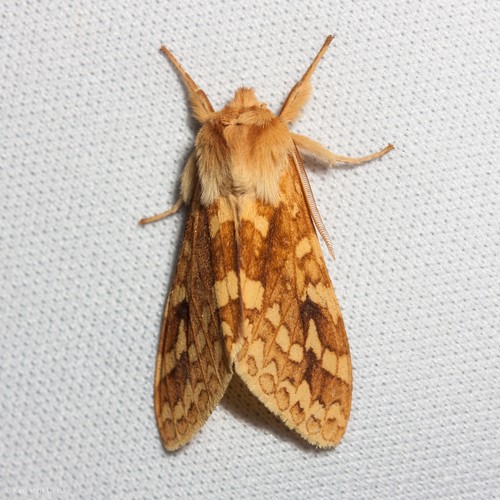
1. Spotted tussock moth
The spotted tussock moth (Lophocampa maculata) gets its name from the long tufts of hair it has as a caterpillar. The adults are a mix of yellow and brown while the larvae are a fuzzy pattern of yellow and black. These larvae are pests because they consume a wide range wood, including birch, oak, maple, and willow.

2. Multicolored asian ladybeetle
Often confused for the ladybug, multicolored asian ladybeetle (Harmonia axyridis) is a separate species that, unlike the ladybug, is a household pest. It is considered particularly annoying for its habit of returning to places from which it is removed. One of the most variable species in the world, there are many different colors and patterns multicolored asian ladybeetle may display, making identification potentially difficult.
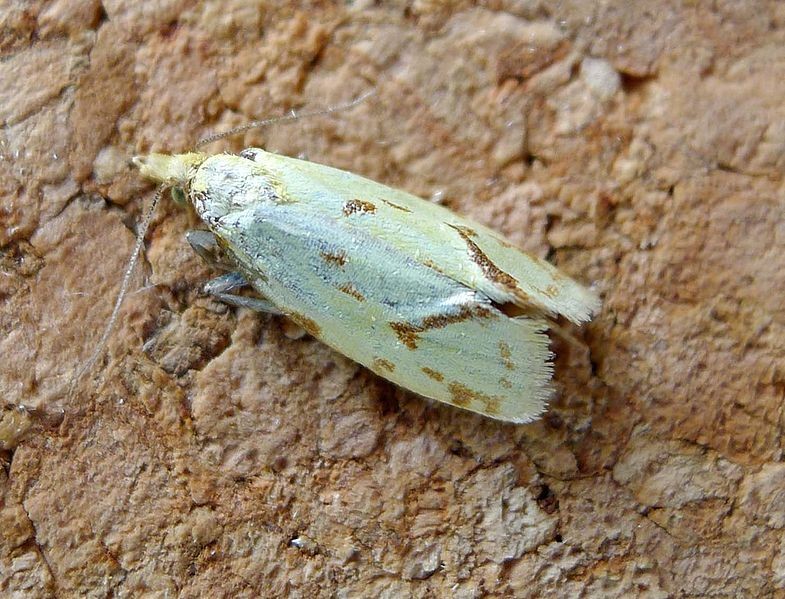
3. Knapweed root moth
Agapeta zoegana is a species of moth known as the sulphur knapweed moth and the yellow-winged knapweed root moth. It is used as an agent of biological pest control against noxious knapweeds, particularly spotted knapweed (Centaurea maculosa) and diffuse knapweed (Centaurea diffusa). The adult moth is bright yellow with areas of brown on its wings. It is about 11 millimeters long. Meyrick describes it -The forewing with costa moderately arched; bright yellow or yellowish-ferruginous ; costal edge, a small subdorsal spot before middle, and a large terminal blotch with angulated edge including a spot of ground-colour ferruginous-fuscous. Hindwings are dark grey.Julius von Kennel provides a full description. The adult lives for only a few days, during which time the female lays eggs on stems and leaves. The larva, a root miner, moves to the root of the plant and tunnels through the cortex as it feeds. This causes moderate damage to the plant. This moth is native to Eurasia. It was introduced to the western and west-central United States starting in the 1980s and it is now established in knapweed populations. It reduces the spread of the plants in areas where mechanical and chemical control is not practical. It lives on spotted and diffuse knapweed and has not been found to damage other plants. Flight is from May to August from dusk, and is attracted to light. 
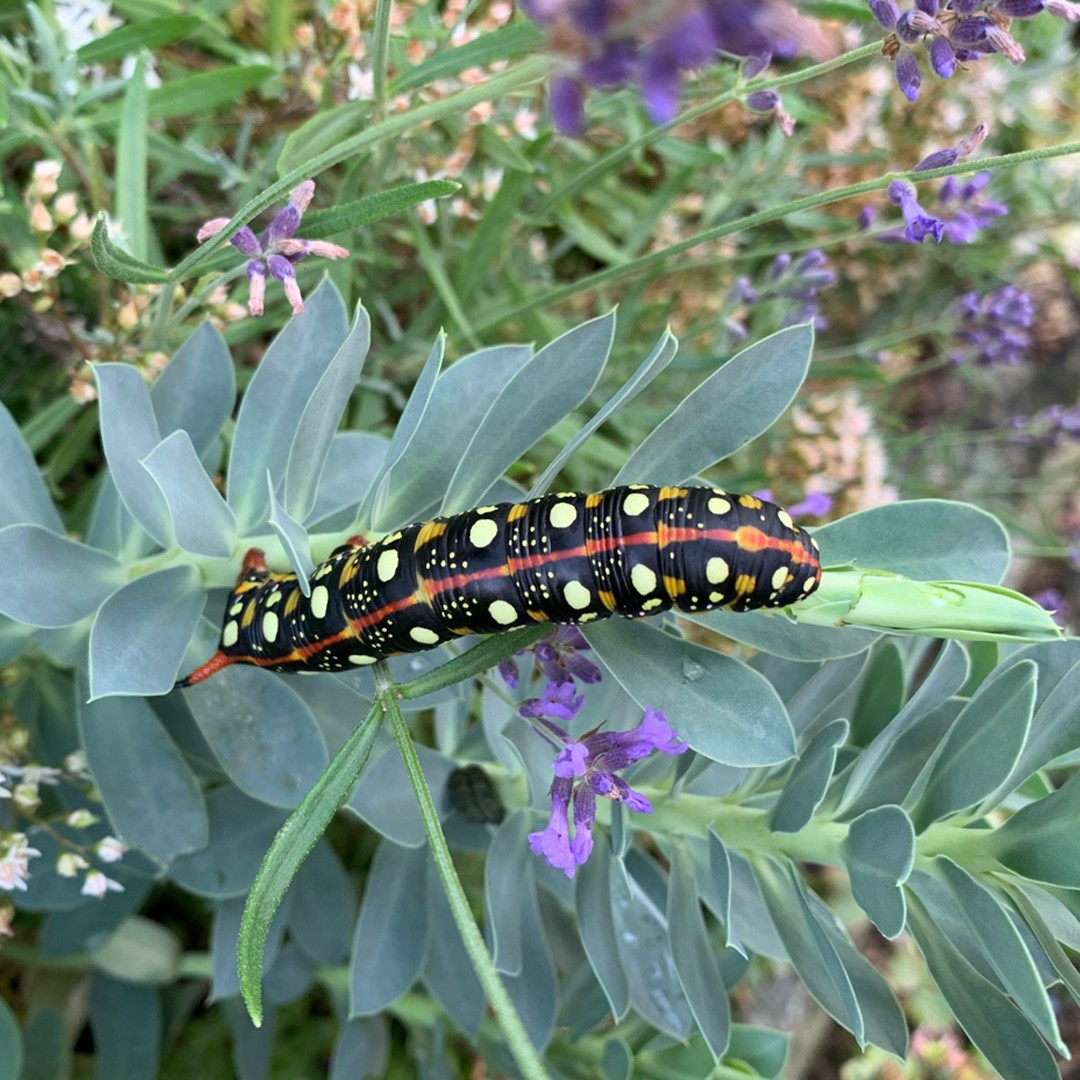
4. Spurge hawk-moth
The spurge hawk-moth (Hyles euphorbiae) earns its name from being a biological control agent of leafy spurge, which is considered to be an invasive plant. It lays eggs on the leaves of these plants, covering them in what has been called a "liquid gum" substance that keeps them sticky. Adults are brown and pink while the caterpillars are smooth and black.
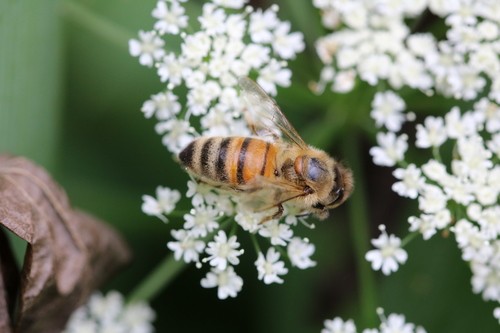
5. Western honey bee
Western honey bee(Apis mellifera) is the most common species of honeybee in the world. Among the first domesticated insects, its cultural and economic impact on humanity has been vast and far-reaching, providing honey, wax and its services as a pollinator. Western honey bee faces challenges worldwide, such as colony collapse disorder, and populations are thought to be decreasing.
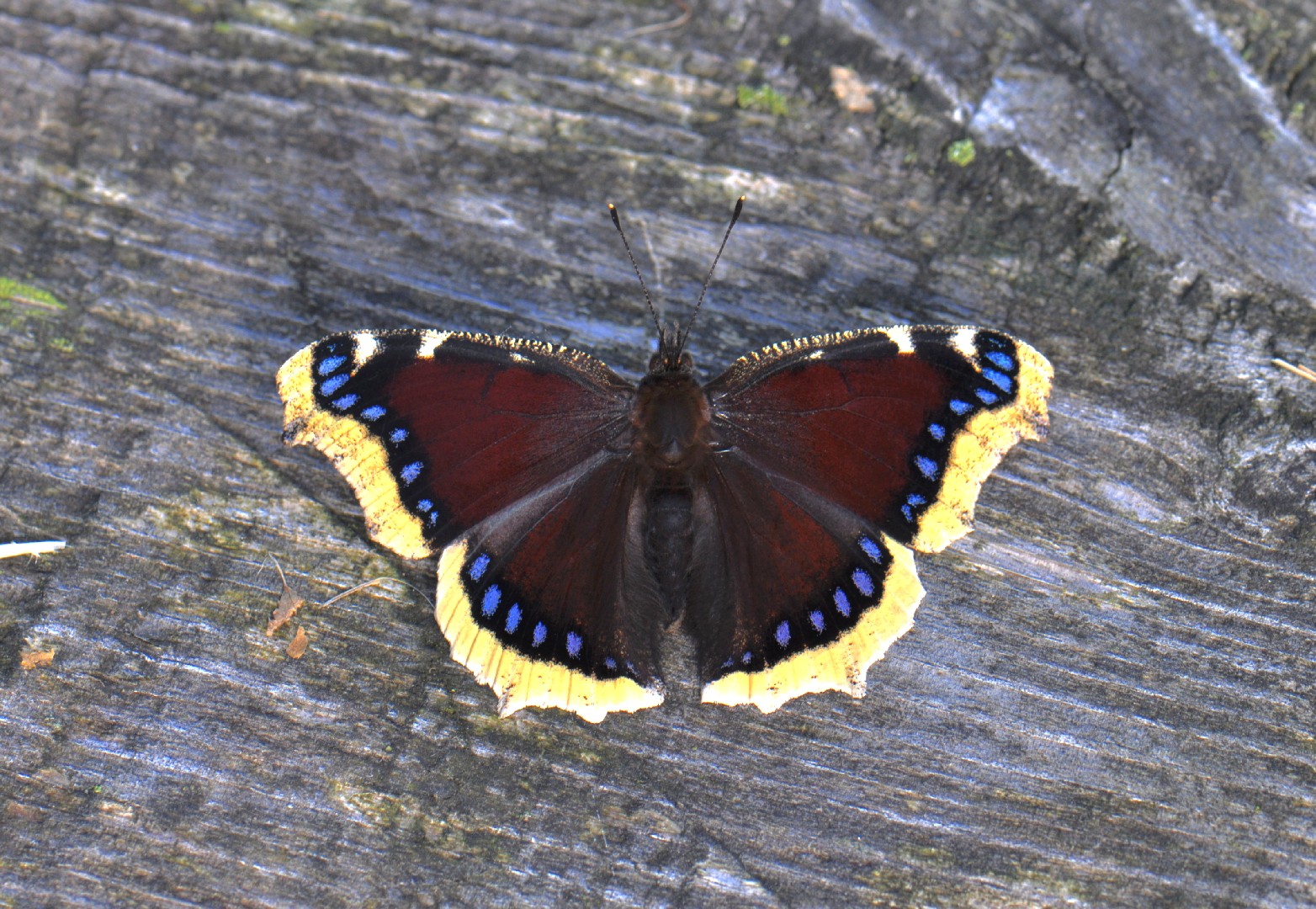
6. Mourning cloak
The state insect of Montana, mourning cloak (Nymphalis antiopa) owes its name to a visual comparison with a girl who, disliking mourning, allows a few inches of color to show from under her mourning garb. Among the longest-lived butterflies, individuals may persist for as long as eleven to twelve months. It is a powerful flier, with vagrants often found many miles from the usual migration paths.
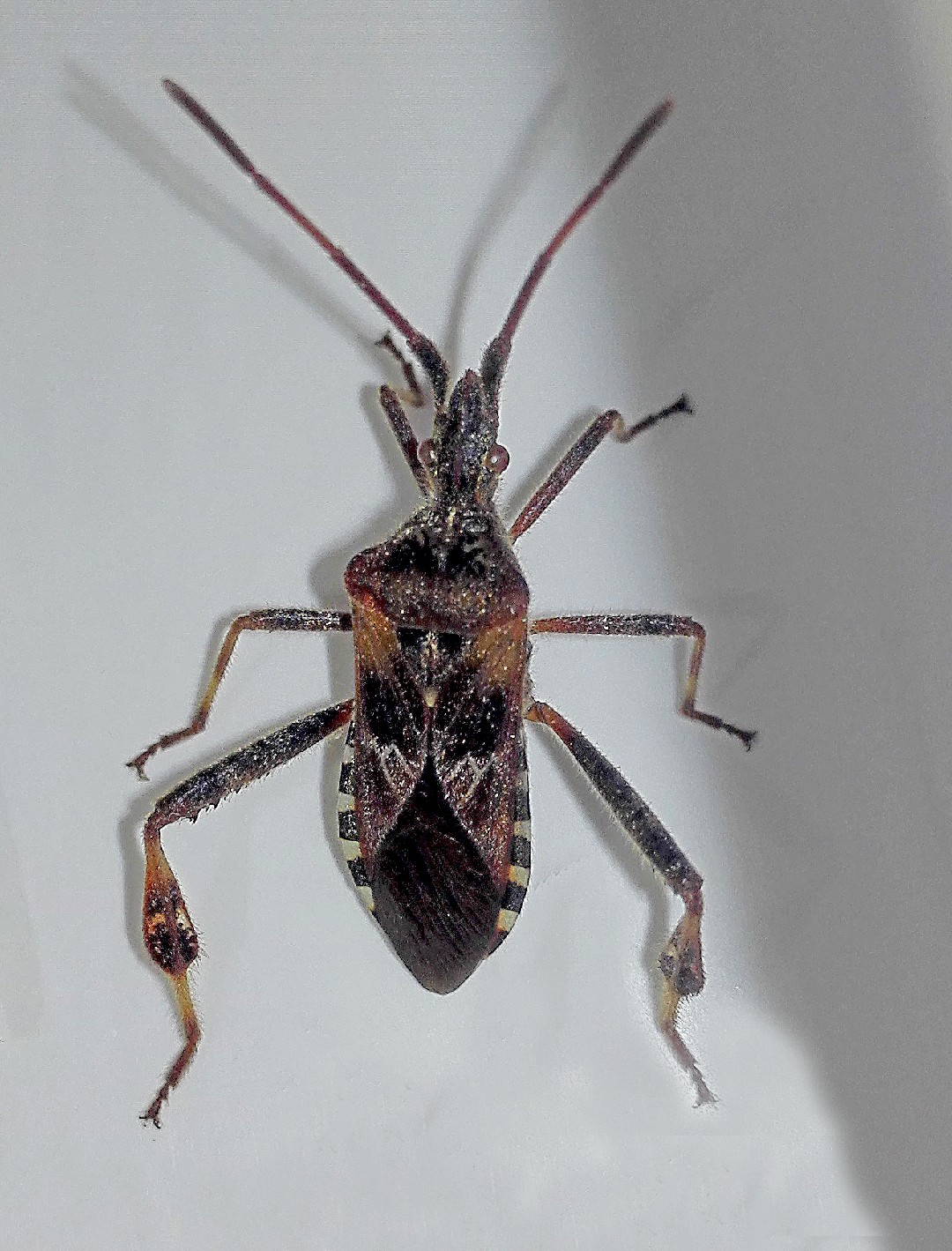
7. Western conifer seed bug
Although often identified as a "stink bug," western conifer seed bug (Leptoglossus occidentalis) is not a true member of that family despite its ability to exude a foul odor if disturbed. It lives in the vicinity of conifer forests, on which it feeds. Although it may attempt to stab predators with a long appendage from their head, it is too weak to cause physical pain to humans.
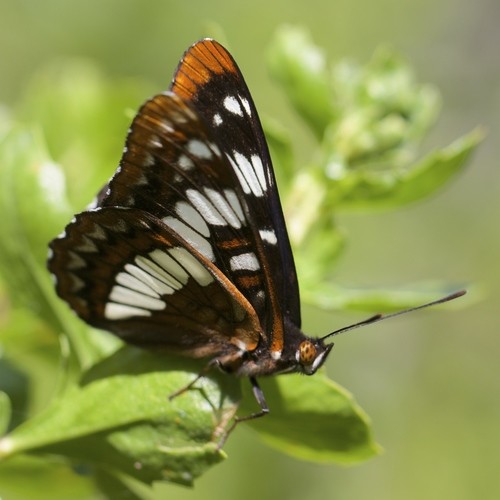
8. Lorquin's admiral
The lorquin's admiral has brown-black wings, each with a row of white spots across it. Its forewings have orange tips. The wingspan is 4.5 - 7 cm; females are generally larger than males. Larvae are usually yellow with a patch of white on the back. 
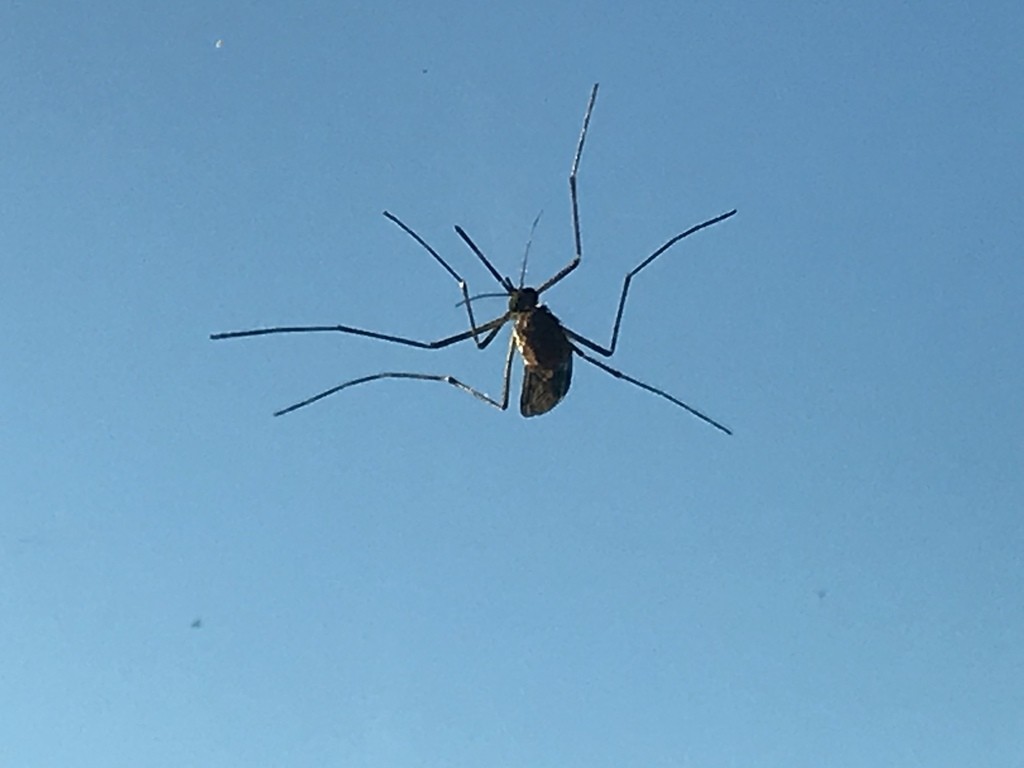
9. Western encephalitis mosquito
Depending on the species, the adult Culex mosquito may measure from 4–10 mm (0.2–0.4 in). The adult morphology is typical of flies in the suborder Nematocera with the head, thorax, and abdomen clearly defined and the two forewings held horizontally over the abdomen when at rest. As in all Diptera capable of flight, the second pair of wings is reduced and modified into tiny, inconspicuous halteres. Formal identification is important in mosquito control, but it is demanding and requires careful measurements of bodily proportions and noting the presence or absence of various bristles or other bodily features. In the field, informal identification is more often important, and the first question as a rule is whether the mosquito is anopheline or culicine. Given a specimen in good condition, one of the first things to notice is the length of the maxillary palps. Especially in the female, palps as long as the proboscis are characteristic of anopheline mosquitoes. Culicine females have short palps. Anopheline mosquitoes tend to have dappled or spotted wings, while culicine wings tend to be clear. Anopheline mosquitoes tend to sit with their heads low and their rear ends raised high, especially when feeding, while culicine females keep their bodies horizontal. Anopheline larvae tend to float horizontal at the surface of the water when not in motion, whereas culicine larvae float with head low and only the siphon at the tail held at the surface. 
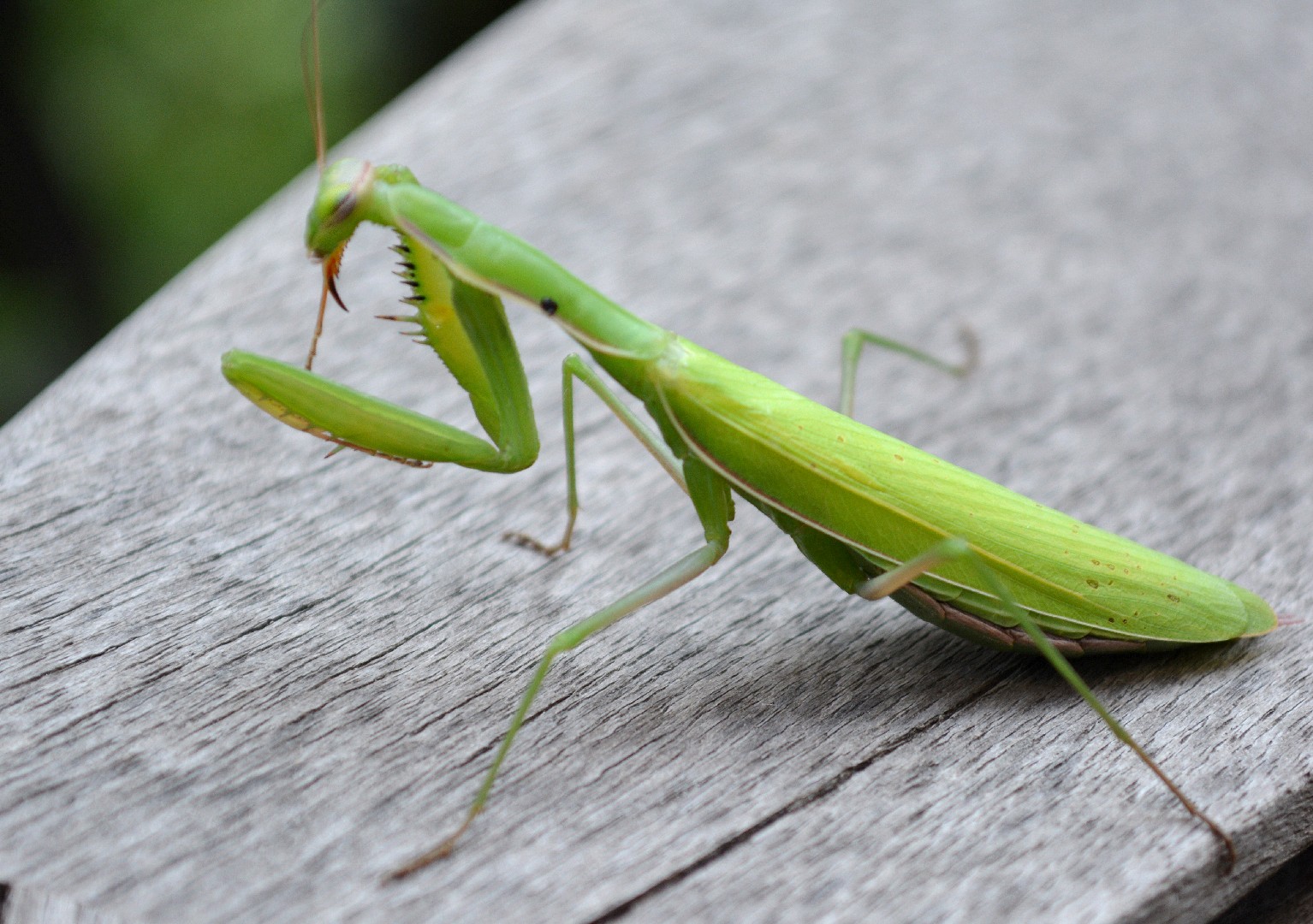
10. European mantis
The european mantis (Mantis religiosa) is a bright green mantis that can be distinguished by the two black spots with single white spots inside on its front legs. These spots resemble the eyes of a predator. If it's threatened, it will raise its wings and show off these intimidating "eyes". Also, it's a fierce species that will chase down its prey to catch it.
More
